Scroll to:
Multiple pregnancy in fine arts
https://doi.org/10.17749/2313-7347/ob.gyn.rep.2023.401
Abstract
Here, we highlight aspects of visualizing twins in the fine arts. The works of artists Leonardo da Vinci, Jacopo Pontormo, Ker-Xavier Roussel, Jean-Bruno Gassies, Peter Paul Rubens, Sebastiano Ricci and others are presented.
For citations:
Makatsariya N.A., Bitsadze V.O., Khizroeva J.Kh. Multiple pregnancy in fine arts. Obstetrics, Gynecology and Reproduction. 2023;17(2):269-273. https://doi.org/10.17749/2313-7347/ob.gyn.rep.2023.401
Introduction and Definition / Введение и определение понятия
Currently, multiple pregnancy can be most comprehensively defined as the intracorporeal development of more than one zygote and/or intracorporeal development of embryos after the separation of zygote (s) in one or more ovulatory cycles, regardless of the final number of fetuses/newborns [1]. And speaking in a philistine language, it is a pregnancy with two or more fetuses simultaneously. In other words, to put it simply, multiple pregnancy is a pregnancy with more than one fetus.
Multiple pregnancy is one of the most interesting phenomena of mankind. Hence, a striking natural event such as twins has been revealed in a wide variety of creative works: myths and legends, paintings, as well as works of art including music. Moreover, a twins theme has been also mirrored in the fine arts.
To begin with, we would like to refer to the painting "In Good Hands" (Fig. 1) by contemporary artist Kathy M. Berggren, which was gifted to one of the paper’s authors by her brother after defending the dissertation precisely dedicated to the issues of multiple pregnancy. Kathy Berggren is a Canadian artist whose works are devoted to motherhood. Both this and her other works are thoroughly permeated by warmth, tenderness and boundless love.
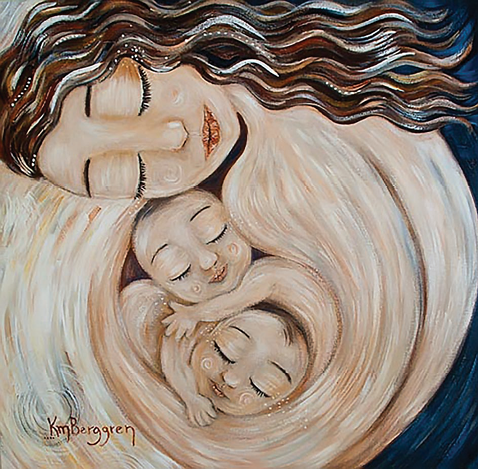
Figure 1. Кatie M. Berggren. "In Good Hands" (2012).
Рисунок 1. Кэти М. Берггрен. «В хороших руках» (2012).
Leda and Swan / Леда и Лебедь
In our opinion, the most renowned is, no doubt, the painting of twins by Leonardo da Vinci – an image of the mythical Leda, a swan and its offspring (Fig. 2).
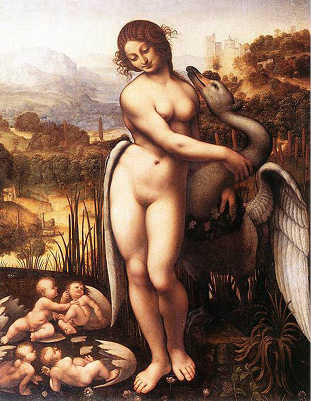
Figure 2. Florentine copy of a lost painting by Leonardo da Vinci.
Рисунок 2. Флорентийская копия с утраченного полотна Леонардо да Винчи.
In Greek mythology, Leda was the wife of the Spartan king Tyndareus and the daughter of the king of Pleuronians in Aetolia. Tyndareus was expelled from Sparta and fled to Aetolia to King Thestius, to save his own life. Thestius gave Tyndareus his daughter Leda as a wife in gratitude for her help in repelling enemy troops. Later, Leda gave birth to twins: Polydeuces, Castor, Helen, and Clytemnestra. According to one version, it is believed that Polydeuces and Helen, two of the twins, were in fact the children of Zeus (Supreme Olympian Sky and Thunder God). Leda captivated Zeus with her beauty, who appeared in front of her as a swan and took possession of her. That same night, Leda had an intimacy with her husband. As a result, two sons and two daughters were born [2].
The plot of this myth inspired many of the greatest artists of the Renaissance, including Leonardo da Vinci as well as Correggio and Michelangelo. But unfortunately, the original paintings have not survived to this day.
Moreover, artists such as Jacopo Pontormo (Fig. 3), Paolo Veronese, Andrea del Sarto, Rubens, Tintoretto, Benvenuto Cellini, Nicolas Poussin, Paul Cezanne, Francois Boucher, Salvador Dali, etc., also portrayed this myth.
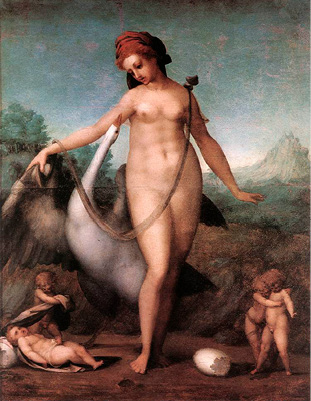
Figure 3. Jacopo Pontormo. "Leda and the Swan" (1512–1513).
Рисунок 3. Якопо Понтормо. «Леда и лебедь» (1512–1513).
By the way, Helena (one of the twins) also deserves a few words: she was precisely that Beautiful Helen or Helen of Troy, whose abduction by Paris subsequently resulted in the Trojan War.
And Helena's brothers, Castor and Pollux (Fig. 4), were also heroes of myths. Indeed, they were most famous for the feat of rescuing and returning of kidnapped sibling Helena. This myth was painted by the French artist Jean-Bruno Gasier (Fig. 5). Moreover, they also parti-
cipanted in the campaign of the Argonauts (the famous "Argo") and the Kolydon hunt. It is Castor and Pollux who are represented as Gemini constellation.
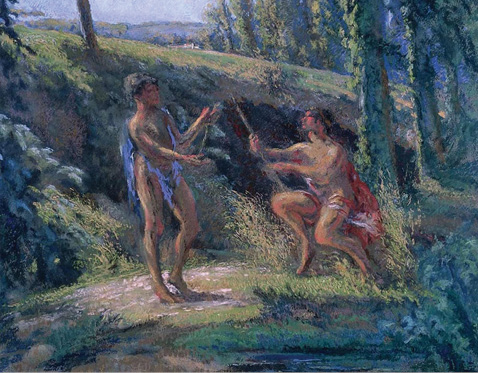
Figure 4. Ker-Xavier Roussel. "Castor and Pollux" (1894).
Рисунок 4. Кер-Ксавье Руссель. «Кастор и Поллукс» (1894).
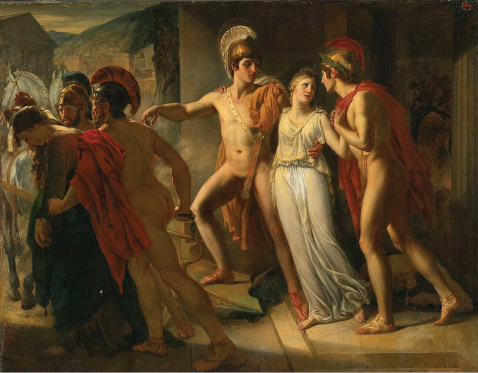
Figure 5. Jean-Bruno Gassies. “Castor and Pollux rescuing Helen” (1817).
Рисунок 5. Жан-Бруно Гасье. «Кастор и Поллукс освобождают Елену» (1817).
One more myth related to the brothers was illustrated by another excellent artist – Peter Paul Rubens (Fig. 6).
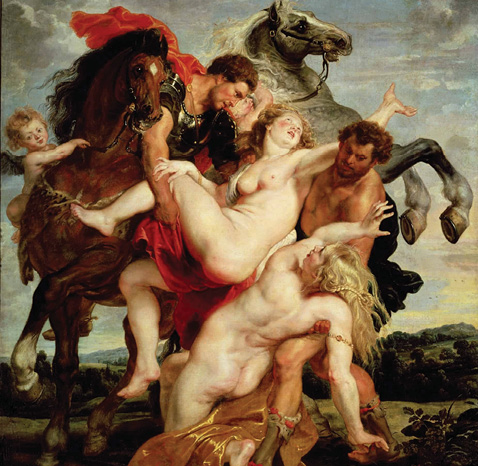
Figure 6. Peter Paul Rubens. “The Rape of the Daughters of Leucippus” (1617–1618).
Рисунок 6. Питер Пауль Рубенс. «Похищение дочерей Левкиппа» (1617–1618).
Romulus and Remus / Ромул и Рем
Let us move from ancient Greece to the Roman Empire. The most famous ancient Roman twins, Romulus and Remus, were immortalized in Rubens' painting "Romulus, Remus, and the She-Wolf" (Fig. 7). The mother of Romulus and Remus, Rhea was the daughter of King Numitor of Alba Longa, deposed from the throne by his brother Amulius. According to legend, in order for Rhea not to interfere with the plans of Amulius, she was forced to become a vestal (а priestess of Vesta, the goddess of the hearth), which doomed her to 30 years of celibacy. However, she gave birth to two twin brothers from the god Mars (the god of fertility). Amulius, who learned about this, put Rhea in prison, and threw the babies into the Tiber River. However, the basket with the brothers was washed ashore near the Palatine Hill, where a she-wolf, a woodpecker and a lapwing took care of them. Then Romulus and Remus were picked up by the shepherd Faustulus, who raised them. When the brothers grew up and returned to Alba Longa, they managed to find out the secret of their origin. They killed the villain Amulius and restored their grandfather Numitor to the throne [2].
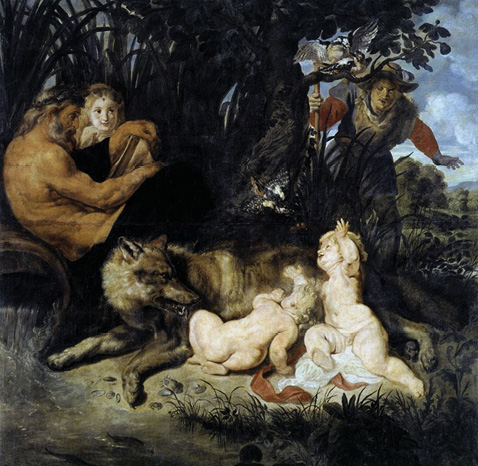
Figure 7. Peter Paul Rubens. "Romulus, Remus, and the She-Wolf" (1616).
Рисунок 7. Питер Пауль Рубенс. «Ромул, Рем и волчица» (1616).
One of the greatest Italian paintings is the work "Childhood of Romulus and Remus", 1709, by Sebastiano Ricci (Fig. 8). The shepherd Fastul brings the babies he found to his wife, who has just lived through the death of her own child.
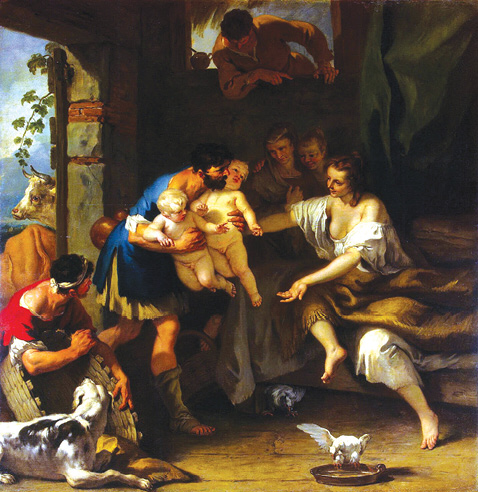
Figure 8. Sebastiano Ricci. “Childhood of Romulus and Remus” (1709).
Рисунок 8. Себастьяно Риччи. «Детство Ромула и Рема» (1709).
Esau and Jacob / Исав и Иаков
The biblical twins Esau and Jacob (Fig. 9) managed to reconcile after many years of enmity, whereas the parable about them tells us of how a world full of evil and hatred can turn into a world of goodness and harmony.
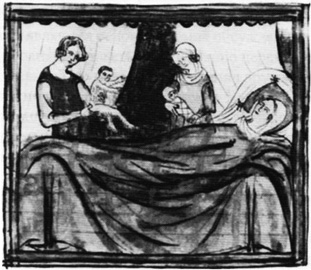
Figure 9. Birth of Jacob and Esau. Illustration to a 14th century manuscript, France.
Рисунок 9. Рождение Иакова и Исава. Иллюстрация к манускрипту XIV века, Франция.
The parents of Esau and Jacob, Isaac and Rebekah, had not given birth to a child for a long time. And, after 20 years of failure, they finally managed to conceive twins, the children began to fight before they were even born. “... two tribes are in your womb, and two different peoples will come from your womb; one nation will become stronger than the other, and the larger will serve the smaller” [3]. This was a prophecy for Rebekah.
According to the parable, Esau once sold his birthright to Jacob for food. Esau came home hungry, while Jacob was cooking lentil stew. Esau asked his brother for food, to which Jacob replied that he would give him stew if he would give him his birthright. And Esau agreed. And later, before his death, when their father was supposed to bless his eldest son Esau, Jacob changed into his brother's clothes and appeared before his father to bless him. Upon learning of this, Esau was furious and held a grudge against his brother, wanting to kill him. Jacob had to run. He returned only 21 years later. Jacob expected his brother's wrath, but Esau came up and embraced him [3]. This is how fraternal reconciliation took place after many years.
Jacques-Joseph Tissot (James Tissot) (1836–1902), an outstanding French painter, painted the brothers in one of his works (Fig. 10).
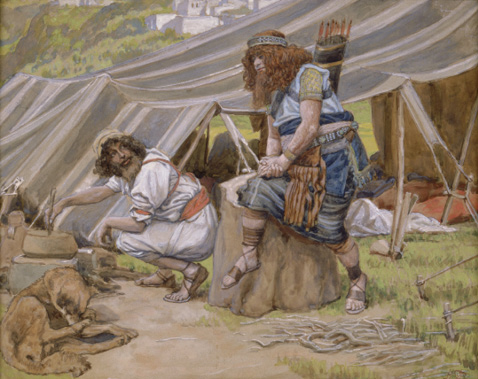
Figure 10. James Tissot. "Esau with his brother Jacob" (1902).
Рисунок 10. Джеймс Тиссо. «Исав с братом Иаковом» (1902).
Conclusion / Заключение
In conclusion, we present a painting "Twins Clara and Albert" by the Dutch painter Salomon de Bray (Fig. 11) that fully reflects tenderness, love and touchingness as well as closeness between twins.
More than once, famous twins were noted in the history of mankind, who were sung by writers, poets and, of course, artists. We described some of them, but this topic is inexhaustible and continues to inspire many creators.
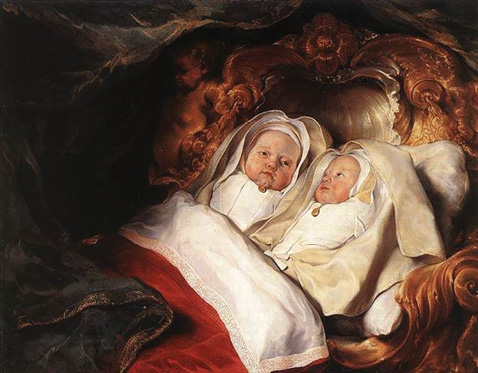
Figure 11. Salomon de Bray. "The Twins Clara and Albert" (1646).
Рисунок 11. Саломон де Брай. «Близнецы Клара и Альберт» (1646).
References
1. Makatsaria N.A. Monochorionic multiple pregnancy. [Monohorial'naya mnogoplodnaya beremennost']. Obstetrics, Gynecology and Reproduction. 2014;8(2):126–30. (In Russ.).
2. Myths of the nations of the world. Encyclopedia. S.A. Tokarev. [Mify narodov mira. Enciklopediya. S.A. Tokarev]. Moscow: Sovetskaya enciklopediya, 1982;II:47, 387.
3. Bible. Book of Genesis. Chapter 25, 27, 33
About the Authors
N. A. MakatsariyaRussian Federation
Nataliya A. Makatsariya – MD, PhD, Associate Professor, Department of Obstetrics, Gynecology and Perinatal Medicine
Researcher ID: F-8406-2017
2 bldg. 4, Bolshaya Pirogovskaya Str., Moscow 119991
V. O. Bitsadze
Russian Federation
Victoria O. Bitsadze – MD, Dr Sci Med, Professor of RAS, Professor, Department of Obstetrics, Gynecology and Perinatal Medicine
Scopus Author ID: 6506003478, Researcher ID: F-8409-2017
2 bldg. 4, Bolshaya Pirogovskaya Str., Moscow 119991
J. Kh. Khizroeva
Russian Federation
Jamilya Kh. Khizroeva – MD, Dr Sci Med, Professor, Department of Obstetrics, Gynecology and Perinatal Medicine
Scopus Author ID: 57194547147, Researcher ID: F-8384-2017
2 bldg. 4, Bolshaya Pirogovskaya Str., Moscow 119991
Review
For citations:
Makatsariya N.A., Bitsadze V.O., Khizroeva J.Kh. Multiple pregnancy in fine arts. Obstetrics, Gynecology and Reproduction. 2023;17(2):269-273. https://doi.org/10.17749/2313-7347/ob.gyn.rep.2023.401

This work is licensed under a Creative Commons Attribution-NonCommercial-ShareAlike 4.0 International License.











































